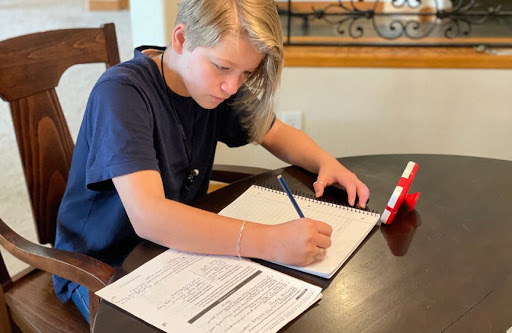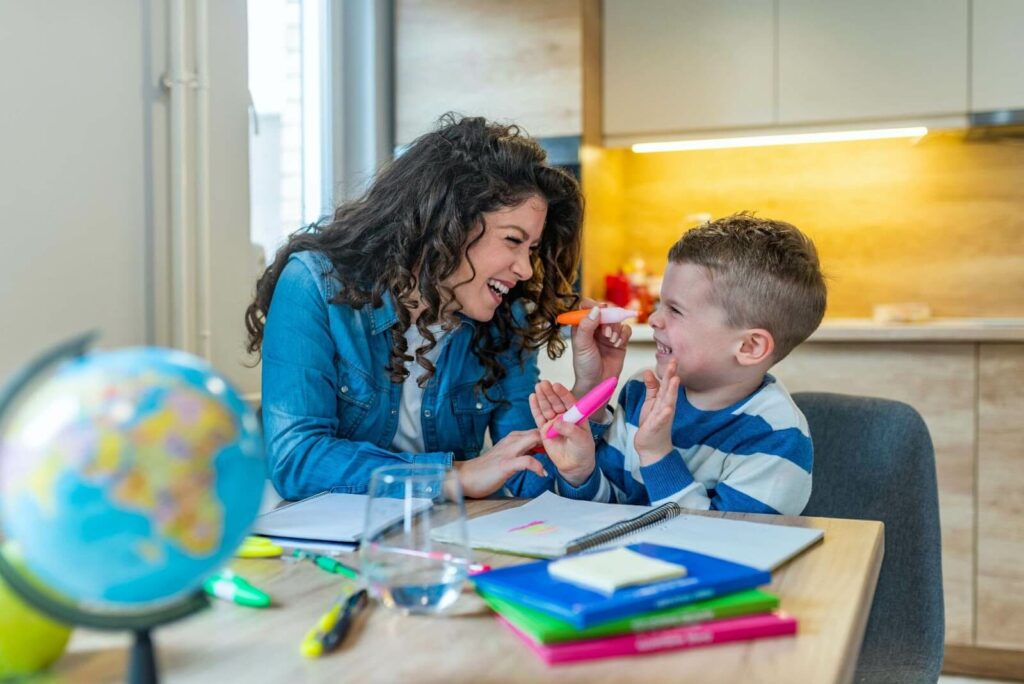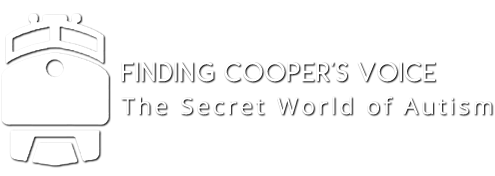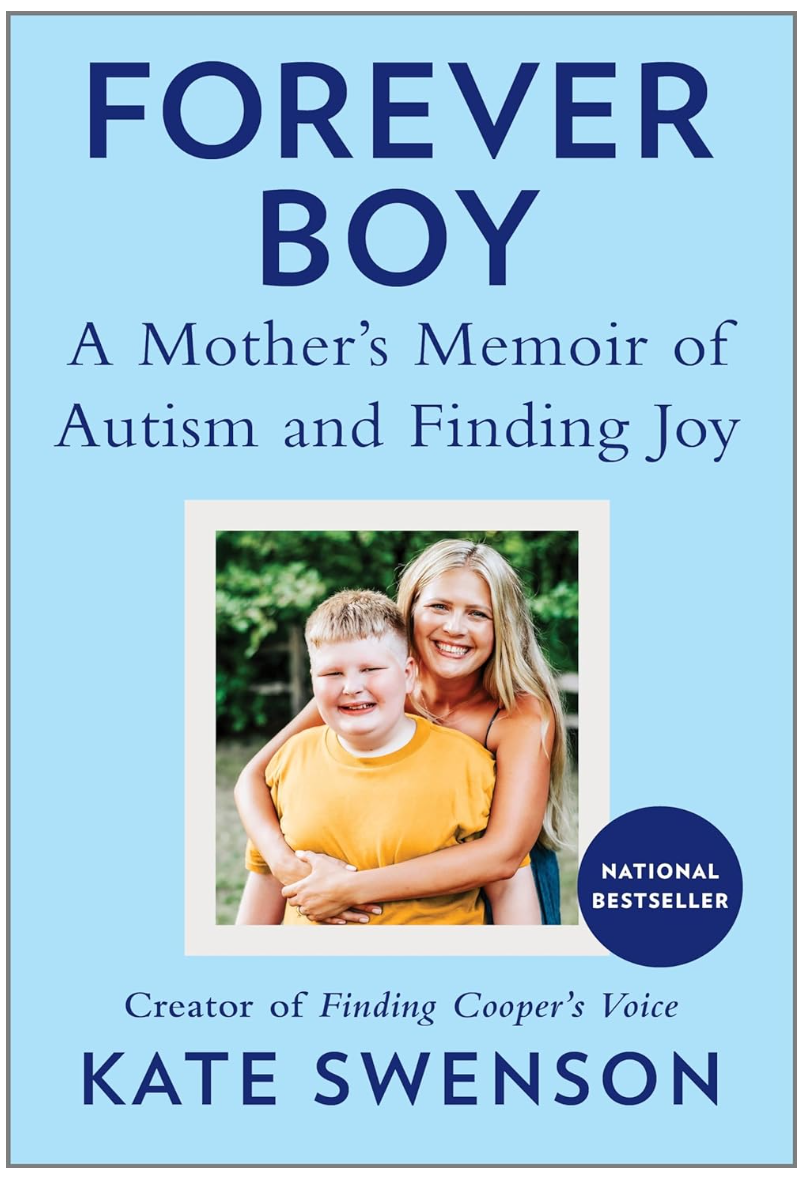How Visual Schedules Overcome the Challenge of Change

Many people argue that change is important for growth.
But that doesn’t mean that it isn’t hard.
Throw in having autism, and we’re in a whole new ball park.
For kids with autism, there is almost nothing more difficult than change.
Ironically, change is pretty much the only thing we can count on in life. So how do we empower kids with autism to face something so consistent, so important, yet so difficult– with confidence?
Stick with me, and hopefully you’ll take away a tip or two.
Why is Change So Hard for People with Autism?
The reason that many autistic individuals have difficulty navigating change is complex. People with autism have the tendency to repeat behaviors and like routine. This is explained by the Diagnostic and Statistical Manual of Mental Disorders (DSM-5).

Naturally, repetition comes with an aversion to change. For some people on the severe end of the autism spectrum, specific routines can matter down to the minute. Sometimes switching up the way an activity is introduced can mean the difference between smooth sailing and an immediate meltdown.
Think about it: what would happen if you sent your child with autism to a summer camp without their counselor understanding their normal routine?
Their life practically gets flipped upside down.
There are new faces, new meals, a different bed, and unfamiliar events consistently taking place around them.
Talk about confusion!
People with autism often see the world as a chaotic realm of people, events, sensations, and information.
This is not bad; in fact, it provides a beautifully unique perspective on life.
But it can be extremely overwhelming.
That is why consistency helps them transition through change and gives them a reason to know what to expect.
Consistency with Visual Schedules
So what exactly is the best way to create this consistency for kids and adults with autism? Well, I have found that visual schedules can make a world of a difference.

Many kids with autism and neurodiverse diagnosis are visual learners.
They love to hold things in their hands and see the way their day is supposed to look. Maybe you can relate!
I do not think I would personally survive without my google calendar reminding me what my life looks like in a given day…
So, giving your kid their own version of a “google calendar” may be exactly what they need to navigate the stressful changes thrown their way.
Different Forms of Visual Schedules
Finding (or creating!) visual schedules that work best for your kiddo and family might take some time. But trust me, it is worth the effort.

If you’re a paper person, you can find a printable or hand drawn schedule that you can easily tack on your child’s bedroom wall or fridge door.
Recently, though, I’ve seen many people using visual schedule apps to engage kids more efficiently and effectively.
The apps are useful because kids can take it with them wherever they go. It also means that they have the same visual schedule (consistency) no matter who they are with.
How to Use Visual Schedules to Navigate Change
Once you have found your favorite version of a daily visual schedule, the fun can begin! Here are a couple of helpful things to keep in mind that I’ve found to be game-changers:
Once you have found your favorite version of a daily visual schedule, the fun can begin! Here are a couple of helpful things to keep in mind that I’ve found to be game-changers:
- Allow time for reaction
- Even though visual schedules are helpful, change can still be difficult. Allow time for your child to react, and be patient as they do. As they find a rhythm with your new visual schedule, you are bound to see a gradual change, but patience is key!
- Have fun
- Start out by incorporating activities that are FUN for your child as you try out a visual schedule. Creating a positive association with visual routines will make them want to engage with them more in the future, especially as you introduce visual schedules for the not-so-fun activities in life.
Life is meant to be exciting.
As a parent, your goal is probably to help your child see life as exciting and beautiful in the midst of its disruptive changes. It most certainly will not be easy, but do not give up.
Every little step forward counts!

Written by, Kaelyn Brooks
Kaelyn Brooks lives in Denver, Colorado as an adventuresome marketing specialist at Goally. She has a heart for easing the lives of families of children with autism and other neurodiverse conditions. Through Goally, she works alongside families and clinicians to reduce stress and better the lives of the entire “village” needed to raise a child. Kaelyn’s hobbies include hiking, playing jazz, and making latte art on a slow Saturday morning. You can follow her work at the Goally Facebook, Instagram, and the Goally blog. To discover more about how a Goally could be a great fit for your child, learn more at the getgoally.com.

